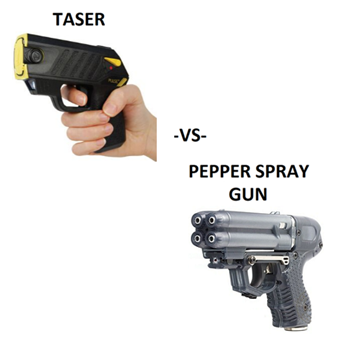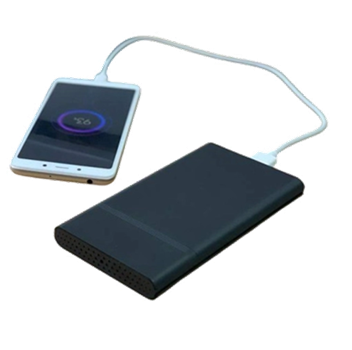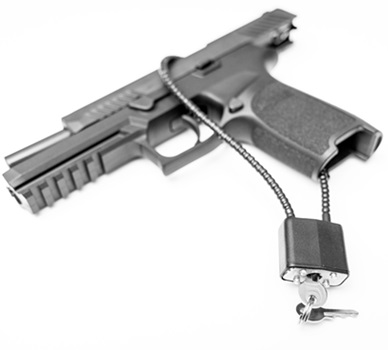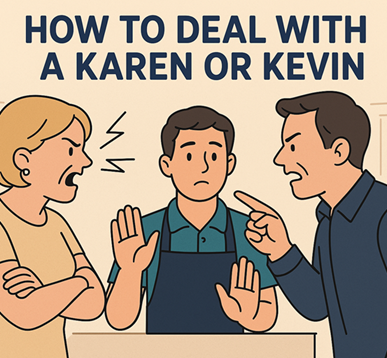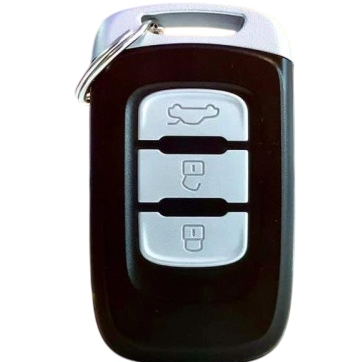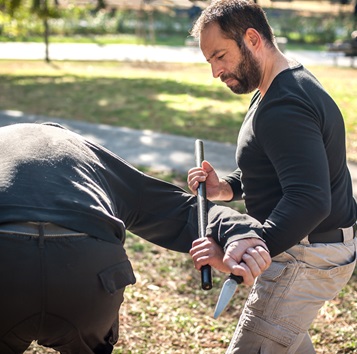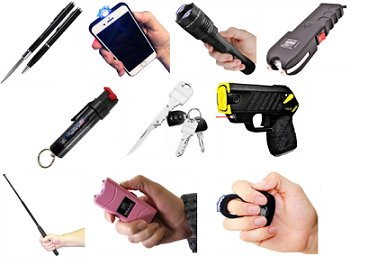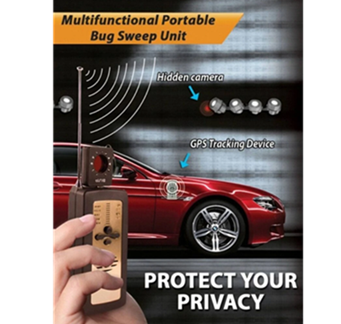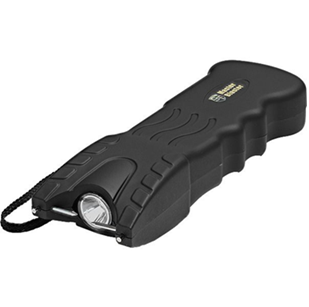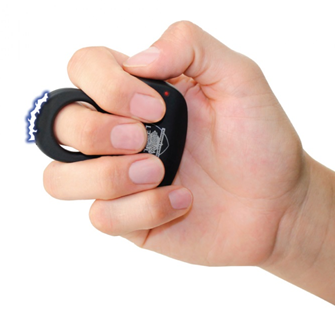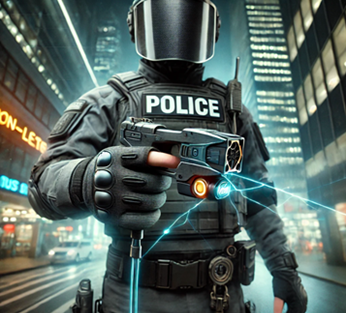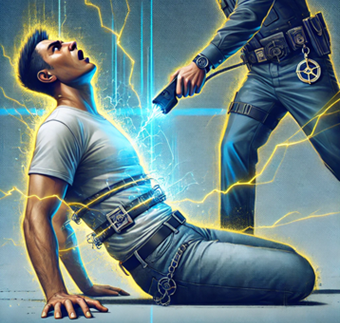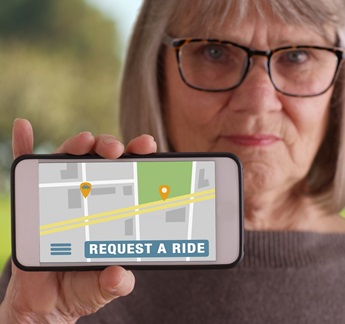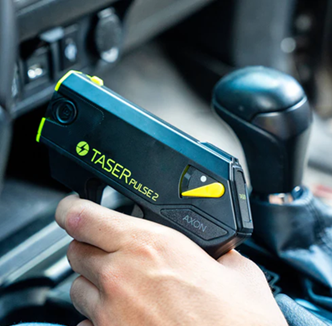What to Do When the Police Pull You Over to Ensuring a Safe and Smooth Interaction
 Traffic stops are a common occurrence, yet they can be a source of anxiety for many drivers. Whether you’re pulled over for a minor infraction or a more serious issue, understanding how to handle the situation can prevent misunderstandings and ensure everyone’s safety. This guide provides actionable steps to help you navigate a traffic stop calmly and effectively.
Traffic stops are a common occurrence, yet they can be a source of anxiety for many drivers. Whether you’re pulled over for a minor infraction or a more serious issue, understanding how to handle the situation can prevent misunderstandings and ensure everyone’s safety. This guide provides actionable steps to help you navigate a traffic stop calmly and effectively.
1. Stay Calm and Pull Over Safely
When you see the flashing lights of a police car behind you, it’s crucial to remain calm. Anxiety or panic can lead to poor decision-making, which might escalate the situation. Here’s what to do:
-
Acknowledge the Officer: Turn on your hazard lights to signal that you’ve seen them and are pulling over.
-
Find a Safe Spot: Pull over to the right side of the road in a safe location, such as a shoulder or parking lot. Avoid stopping in areas with heavy traffic or poor visibility.
-
Turn Off the Engine: Once parked, turn off your car’s engine to indicate that you’re not planning to flee.
-
Keep Your Hands Visible: Place your hands on the steering wheel where the officer can see them. This helps convey that you pose no threat.
2. Prepare for the Officer’s Approach
After pulling over, take a moment to prepare for the interaction. Small gestures can set the tone for a respectful exchange:
-
Roll Down Your Window: Lower your window to communicate effectively with the officer.
-
Avoid Sudden Movements: Don’t reach for your wallet, glove compartment, or any other item until instructed. Sudden movements can be misinterpreted.
-
Turn On Interior Lights (if it’s dark): This increases visibility and reassures the officer.
3. Be Respectful and Cooperative
Respect and cooperation go a long way in ensuring a smooth interaction. Keep these points in mind:
-
Greet the Officer Politely: A simple “Good morning” or “Good evening” sets a positive tone.
-
Listen Attentively: Allow the officer to explain why you were pulled over without interrupting.
-
Provide Requested Documents: If asked for your driver’s license, registration, and insurance, inform the officer where these items are located before retrieving them.
-
Example: “My license is in my wallet, and my registration is in the glove compartment. May I reach for them?”
-
4. Understand Your Rights
While cooperation is essential, it’s equally important to know your legal rights:
-
Right to Remain Silent: You are not required to answer questions beyond providing basic information such as your name and address.
-
Right to Refuse a Search: Unless the officer has probable cause or a warrant, you can politely decline a vehicle search.
-
Example: “I do not consent to a search.”
-
-
Right to Record: In most states, you can record the interaction as long as it doesn’t interfere with the officer’s duties. Inform the officer if you’re recording.
5. Avoid Escalating the Situation
Tensions can rise during traffic stops, but staying composed can prevent unnecessary conflict:
-
Don’t Argue: If you disagree with the officer’s assessment, save your arguments for court.
-
Stay in Your Vehicle: Unless instructed otherwise, remain in your car. Exiting without permission can be perceived as aggressive.
-
Follow Instructions: Comply with reasonable requests, even if you feel they’re unwarranted.
6. What to Do If You Receive a Citation
If the officer issues a ticket, handle it professionally:
-
Accept the Ticket: Signing a citation is not an admission of guilt; it’s merely an acknowledgment that you’ve received it.
-
Ask Questions Politely: If you’re unclear about the violation, ask the officer for clarification.
-
Plan Your Response: Decide whether to pay the fine or contest the ticket in court.
7. Special Considerations for High-Tension Stops
In some cases, a traffic stop may feel more intense or confrontational. Here’s how to handle these situations:
-
Stay Calm: Take deep breaths to manage stress.
-
Ask for Clarification: If you’re unsure why you were pulled over, ask respectfully.
-
Example: “Can you please explain why I was stopped?”
-
-
Request a Supervisor: If you believe the officer is acting inappropriately, you can request a supervisor to come to the scene.
8. What to Do If You’re Asked to Exit the Vehicle
Officers may ask you to step out of your car for various reasons. Here’s how to respond:
-
Comply Calmly: Exit the vehicle slowly and keep your hands visible.
-
Ask for Instructions: If unclear, ask what the officer wants you to do next.
-
Stay Non-Confrontational: Avoid gestures or words that could be interpreted as defiance.
9. If You Feel Your Rights Are Violated
While most traffic stops are routine, there may be instances where you feel your rights were infringed:
-
Document the Interaction: Write down details such as the officer’s name, badge number, and the time and location of the stop.
-
File a Complaint: Contact the police department’s internal affairs division to report misconduct.
-
Consult an Attorney: Seek legal advice if you plan to take further action.
10. Tips for Long-Term Preparedness
Being prepared can make future traffic stops less stressful:
-
Keep Documents Accessible: Store your license, registration, and insurance in an easily reachable location.
-
Maintain Your Vehicle: Ensure your car complies with traffic laws (e.g., functioning lights, valid registration).
-
Educate Yourself: Familiarize yourself with local traffic laws and your rights.
Conclusion
Traffic stops can be nerve-wracking, but knowing how to respond can make all the difference. By staying calm, respectful, and informed, you can navigate these interactions safely and effectively. Remember, the goal is to resolve the situation without escalation, ensuring both your safety and that of the officer.
Company Info
Customer Service
Product Information
- TASER® and Stun Devices Regulations by State
- TASER® Safe Escape Product Replacement Guarantee
- TASER® Comparison Chart
- TASER® User Manuals
- TASER® Warranty Info
- Byrna Product Catalog
- PepperBall Manuals & Spec Sheets
- Pepper Spray Laws
- Air Gun Laws
- States that Restrict Automatic and Butterfly Knives
- Our Print Catalog



























